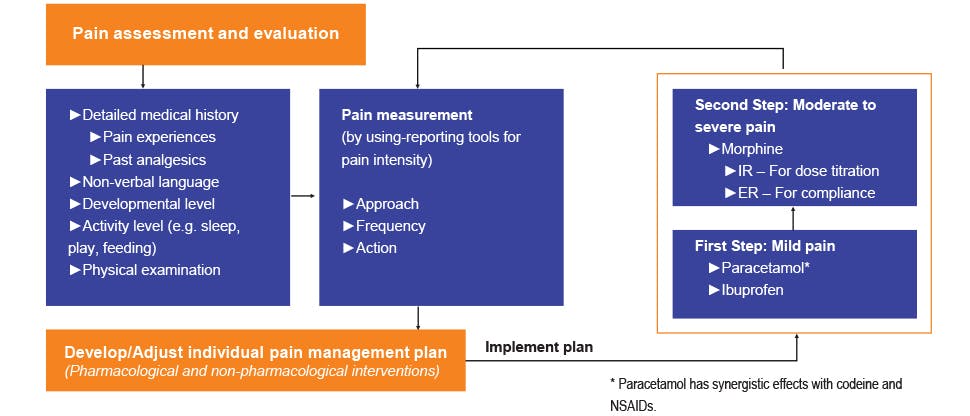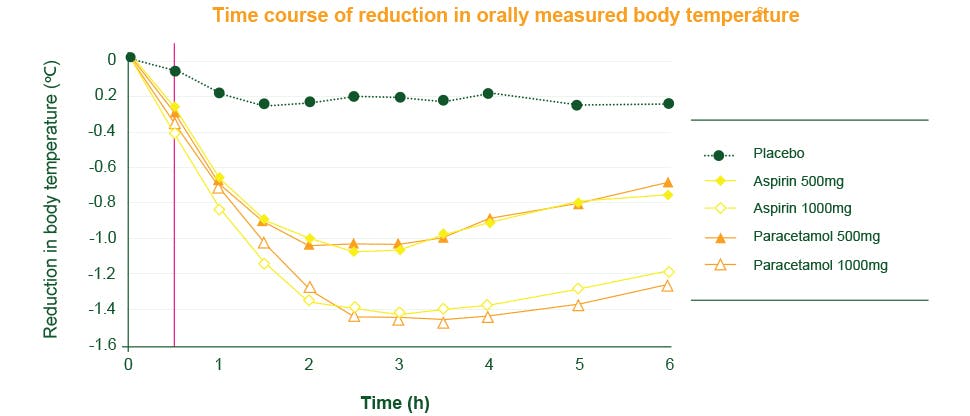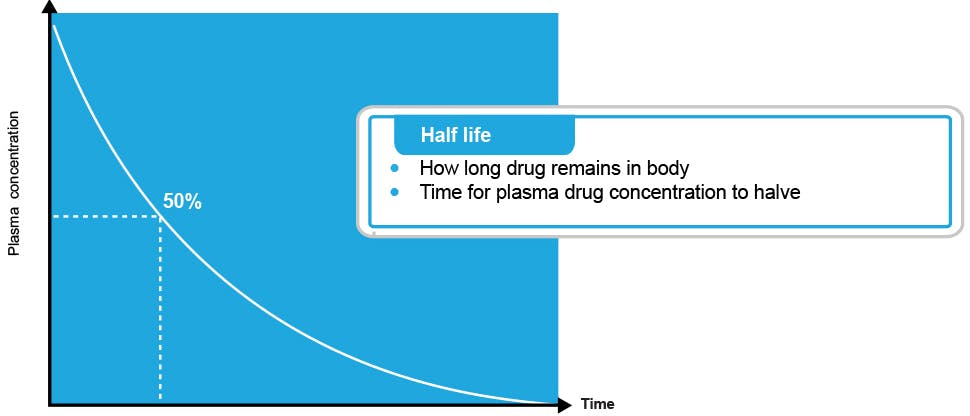The science of paracetamol
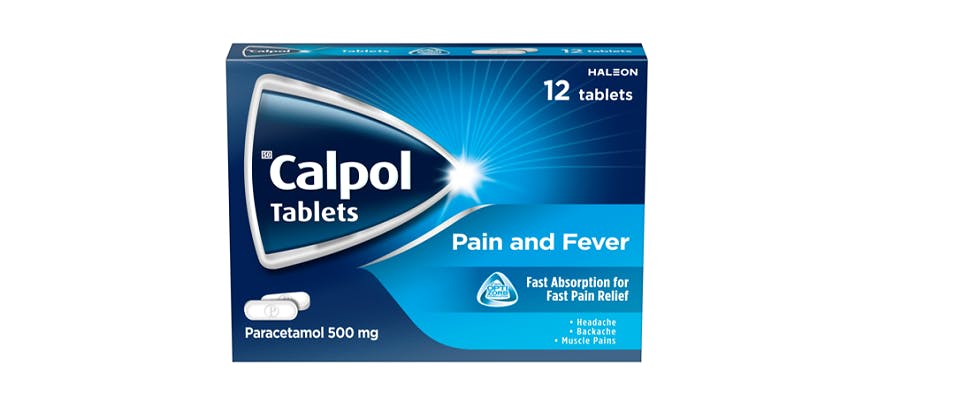
Paracetamol exerts its analgesic and antipyretic effect by inhibition of prostaglandins. However, unlike non-steroidal anti-inflammatory drugs (NSAIDs), it does not have any anti-inflammatory properties or associated with any gastrointestinal adverse effects.1

Paracetamol basics
Globally, paracetamol or acetaminophen is one of the most used analgesic and antipyretic over-the-counter drugs. Both its names are derived from its chemical name, which is N-acetyl-para-aminophenol.1 From the time of its first introduction in 1955 for use in children with fever and pain, paracetamol is currently formulated as a single compound or as an active ingredient of multi-component preparations in combination with other drugs 1 such as caffeine and aspirin.2
When paracetamol is taken as indicated, minimal serious side effects have been observed.15
Discover the Calpol range with paracetamol
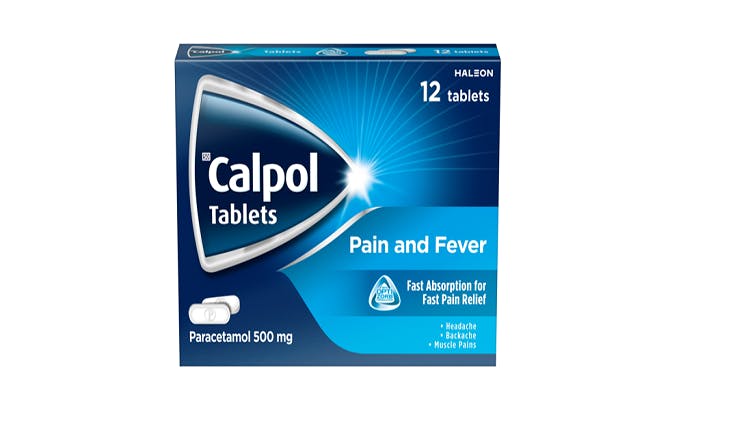
Calpol Tablets
With a revolutionary dispersion and dissolution technology14 that starts relieving pain in just 15 minutes, with 2 tablets (1000 mg dose).15 Calpol Tablets provides faster, and efficient pain relief compared with standard paracetamol tablets.14,15

Tough‡ on fever and pain,16gentle 10, 16,17 ‡ on the child
Containing paracetamol, which is recommended as 1st line treatment of fever and mild-to-moderate pain in children.10,17,18Paracetamol in Calpol Paediatric suspension starts to relief fever within 15 minutes of dosing.19,20 *
Learn more
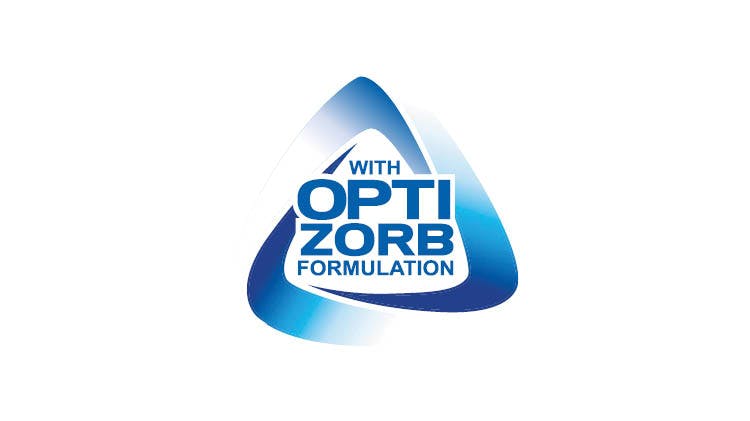
Optizorb technology
Discover more about this revolutionary technology that allows delivery of paracetamol fast and effectively when it is needed most.14,15

Fever
Fever is a common sign and symptom observed in a variety of clinical settings.20 Discover more about fever in adults and children including how to assess fever, “red flag” symptoms and its management.

Helping your customer choose the most appropriate Pain reliever
This continuing education module will introduce pharmacists to a structured approach to customising analgesic selection for mild to moderate pain. A case-based approach was selected to demonstrate how pharmacists can manage common pain presentations seen in their pharmacy.

